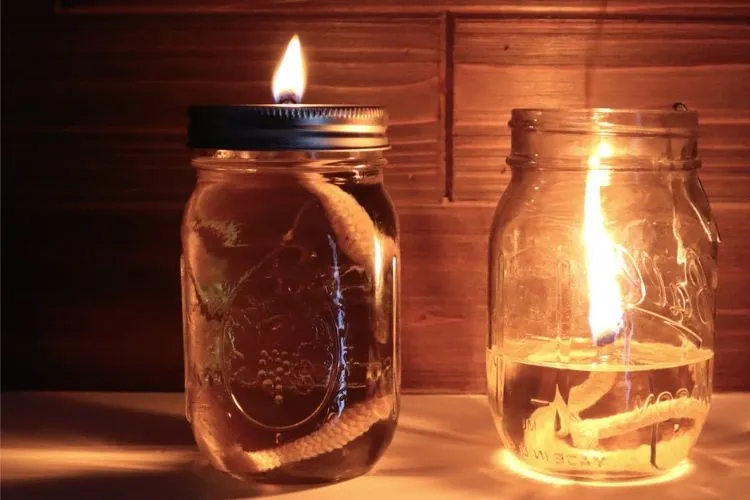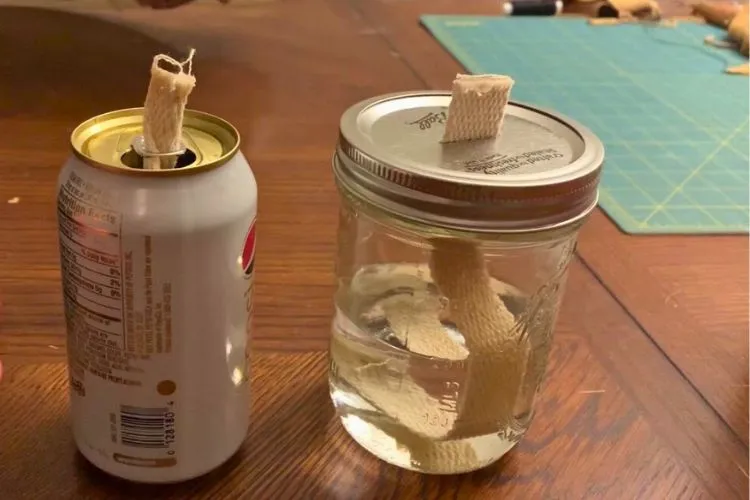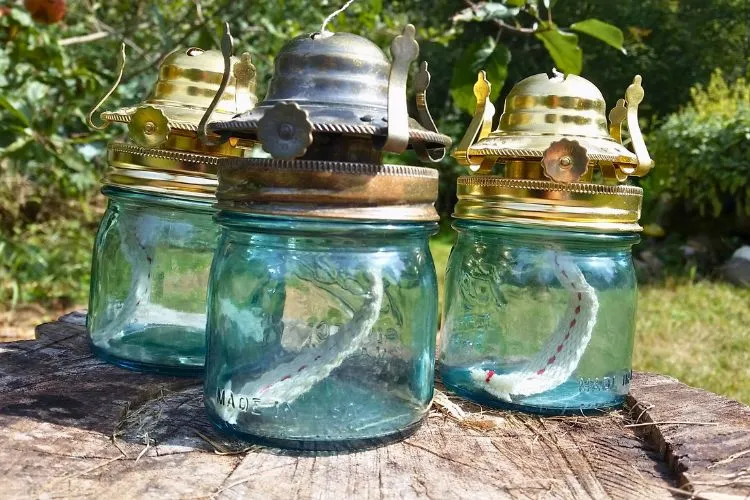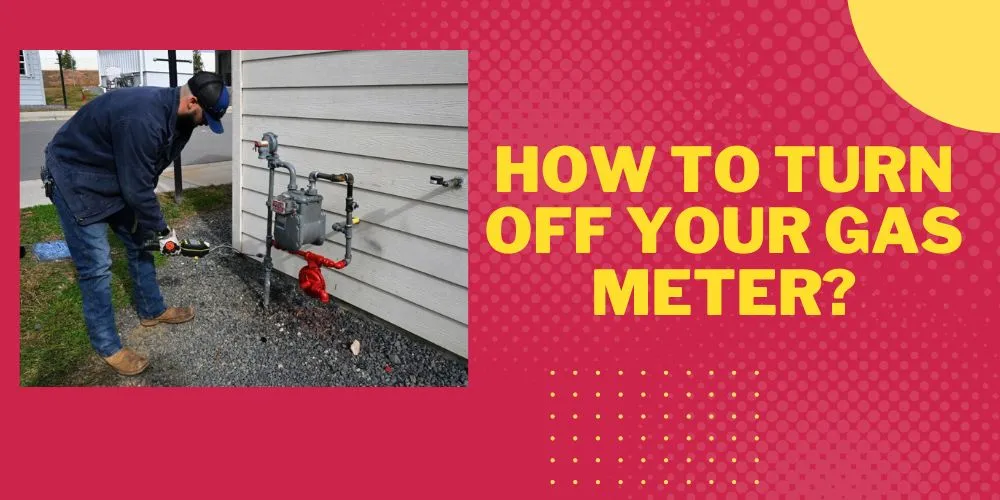Oil lamps illuminate our homes with their warm and inviting glow. However, refilling these lamps can prove costly over time.
A potential solution lies right in our kitchen: vegetable oil.
But, can you use vegetable oil in an oil lamp?
In this article we delve into the practicality, safety, and efficiency of this alternative fuel source.

So whether you’re a DIY enthusiast, a curious homeowner, or a frugal spender, join us as we uncover the potential of harnessing the illuminating power of common vegetable oil in oil lamps.
Can you use vegetable oil in an oil lamp?
vegetable oils can technically be used as fuel in oil lamps, there are better options. But, vegetable oils have a higher burning point than traditional lamp oils, which means they do not vaporize as easily and may produce more soot.
The increased burning temperature can also potentially damage some lamp parts over time.
In addition, vegetable oils go rancid more quickly than mineral oils. If the oil becomes rancid, it will produce an unpleasant smell when burned. For these reasons, vegetable oils are not generally recommended as the primary fuel in oil lamps.
Lamp oils are specifically formulated to burn cleanly and efficiently at low temperatures suitable for indoor lighting. Mineral or synthetic oils are a safer choice that will provide a steady, soot-free flame without risk of rancidity issues.
While vegetable oils may work in a pinch, there are better fuel options available.
Can you use vegetable oil in a kerosene lamp?
Yes, you can indeed use vegetable oil in a kerosene lamp. Vegetable oils like olive oil, sunflower oil, sesame oil, and flaxseed oil can burn safely and efficiently in lamps, lasting upwards of 100 hours.
It’s not only possible but also proven, with instances of people following indications to convert a kerosene lamp to burn vegetable oil successfully.

Vegetable oil used as fuel also has some added advantages like being able to re-purpose used cooking oil, which results in zero-cost fuel and can help with waste disposal.
Bear in mind though, as with any kind of DIY project, exercising caution and safety measures are strongly advised.
Can you use vegetable oil in a oil lantern?
Yes, you can indeed use vegetable oil in an oil lantern. Oil lanterns can successfully burn various types of vegetable oil, including olive, sunflower, and soybean oils.
These oils are a safer alternative since vegetable oil is less flammable compared to kerosene or paraffin.

However, because of vegetable oil’s high viscosity, it may require a thicker wick or a pre-heated lamp to improve its wicking.
Additionally, vegetable oil may lead to slower burning and might necessitate more frequent maintenance of the lantern, such as regular wick trimming.
What is a substitute for lamp oil?
Lamp oil is a staple for many households, especially those located in areas with frequent power outages. However, if lamp oil isn’t readily available, some proven substitutes can serve you well.
One widely-used substitute for lamp oil is Kerosene. Kerosene lamps were commonly used light sources in 19th-century Europe. Kerosene is typically cheaper than lamp oil and is readily accessible.
However, be mindful of the fact that burning kerosene emits a distinct odor and may produce more smoke compared to lamp oil.
A cleaner-burning substitute is Generic lamp oil. Although it is generally more expensive than kerosene, it produces less smoke and odor.
Citronella oil is another viable substitute though be informed that it produces a larger quantity of smoke and soot, and it quickly fouls wicks. As such, it is more suitable for outdoor applications.
For something safe and eco-friendly, vegetable oil is an effective alternative too. As mentioned earlier, vegetable oil burns with less intensity, making it safer to use, but could require more lamp maintenance.
Paraffin lamp oil could also serve as an excellent alternative. It is suitable for use indoors and outdoors and is clean-burning with very low smoke.
Lastly, Klean-Strip Klean Heat is a premium fuel that’s branded as a safer and more convenient alternative to store than kerosene. It can be used in kerosene-burning appliances such as heaters, lamps, and stoves.
How to make a vegetable oil lamp?
Creating a vegetable oil lamp can be a fun, interesting, and useful project. Here’s a simple step-by-step guide:

Gather Your Materials
- A Glass Container: Any clean, transparent container will work. Mason jars are a popular option due to their ubiquity and flat bottoms.
- Vegetable Oil: Choose a type of vegetable oil you have on hand, like olive, sunflower, or canola.
- A Wick: Cotton wicks are recommended because they burn cleanly. You can buy cotton wick cord or even use old cotton t-shirt strips.
- A Wick Holder: Metal washers, wire, or aluminum foil can work as wick holders to keep the wick upright.
- A Lighter or Matches: To light your lamp.
Construct Your Lamp
- Tie one end of your wick around your wick holder. Leave enough wick length above the holder so that you can light it.
- Place the wick holder, with the attached wick, in your container. Ensure that the wick is long enough to extend above the container’s rim, while the holder rests on the base of the container.
- Pour the vegetable oil into your container until it covers about 3/4ths of the wick holder.
Light Your Lamp
- Wait a few minutes for the wick to soak up the oil. This is crucial for the lamp to work properly.
- Using a lighter or match, light the wick that extends out of the container. And there you’ll have it – your vegetable oil lamp.
Do remember, these oil lamps should be used with the same caution you’d apply to a lit candle. Keep the lamp out of the reach of children and pets and don’t leave it unsupervised.
What is the best natural oil for oil lamp?
Olive oil is often regarded as the best natural oil to use in an oil lamp. It is safe, abundant, and burns brightly without producing much smoke or odour.
Additionally, olive oil lamps are more secure compared to lamps that use kerosene as fuel. Another advantage of olive oil is that it’s “cleaner” to use, meaning it’s less likely to create soot or fumes when burned.

Keep in mind that there’s also a specific type of olive oil called ‘lampante oil’ which is designed solely for burning. Lampante oil, if available, could also be an excellent choice for your oil lamp.
However, always exercise appropriate caution and safety when using any type of oil lamp.
What is the safest lamp oil to burn indoors?
Lamplight Ultra-Pure Lamp Oil is considered one of the best lamp oils for indoor lamps. It is 99% pure liquid paraffin, which is known for being safe, clean-burning, and providing minimal smoke.
Clear lamp oil is also an excellent option, as it is designed for indoor oil lamps and has a low combustibility. Remember to adhere to safety guidelines when using oil lamps indoors for ultimate security and comfort.
Conclusion:
vegetable oil serves as a viable alternative for fueling oil lamps due to its availability, safety, and eco-friendly properties. While the burning intensity may be lower in comparison to traditional lamp oil, vegetable oil still provides ample illumination for a variety of purposes.
It is crucial to remember that lamps using vegetable oil require more frequent maintenance including trimming and proper wicking.
As a safer and cleaner-burning option, the use of vegetable oil in oil lamps offers an appealing substitute for those seeking a greener and more sustainable lighting alternative.


